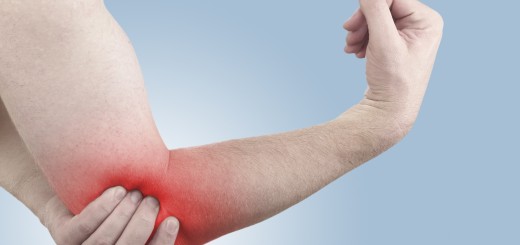Keep Stretching if you Want to Decrease your Performance
Static stretching is the worst idea before competition or a heavy lift. Don’t do it.
I often see people doing regular passive stretching before exercise. For years we’ve been told that this might not be the best method because it doesn’t really warm up the muscles. Some light cardio or actually performing a lighter version of the exercise is probably better for warming up, but flexibility is good too. So if we did our passive stretching along with our active warm up, it could be an effective way to train.
Well, it turns out that this might not be true. In fact, passive stretching prior to exercising doesn’t just not warm you up, but a recent study in the Journal of Strength and Conditioning indicates that it might make your work out worse.
 In the study researchers compared a dynamic warm up of performing light exercises to the same warm up with passive stretches added. In both groups of participants the muscles were properly warmed up, so the only difference was the stretching itself. What researchers discovered was that not only was the dynamic warm up better all by itself, but the passive stretching actually made the participants weaker and increased their instability.
In the study researchers compared a dynamic warm up of performing light exercises to the same warm up with passive stretches added. In both groups of participants the muscles were properly warmed up, so the only difference was the stretching itself. What researchers discovered was that not only was the dynamic warm up better all by itself, but the passive stretching actually made the participants weaker and increased their instability.
Now the “measure of stability” amounted to a question about how stable participants felt while doing their 1 rep max test. Not particularly the most scientific of methods, but it might be important anyway if true. What’s of greatest interest, though, was the decreased strength.
Strength was less by 8.36% on average. That’s a difference of 25lbs in a 300lb squat. A big difference that compounds over time. The researchers guessed at a few mechanisms that may have caused this. One idea was that it could be a relaxation of the tendons of the associated muscles. With relaxed tendons, the muscles can’t store or generate energy in the same way, which weakens them.
There may also be a neurological explanation for this phenomenon. The passive stretching could possibly alter neurological activity, reducing the ability of the nerves to cause the muscles to generate force. This might also have affected proprioception, and could be the reason for the change in feelings of stability.
So it seems like the right choice is to eliminate static stretching prior to exercise, strength exercise in particular. The researchers recommended a progressive adjustment toward an active-only warm up. They suggested slowly reducing static stretching before eliminating it from the warm up entirely. This might help athletes who have a psychological dependency on their pre-exercise routine.
I’d like to see if a warm up including dynamic flexibility has the same effect. I suspect it does not, but it would be nice to see in a study like this because flexibility is an important part of athleticism that we may be eliminating by getting rid of the static stretching prior to exercise.
Regardless of how you include it, flexibility and mobility work should be a part of any athlete’s routine. But if you do passive stretching, save it for a pre-sleep routine, or for any time other than just before exercise.
References:
1. Jeffrey Gergley, et. al., “Acute Effect of Passive Static Stretching on Lower-Body Strength in Moderately Trained Men,” J Strength Cond Res 27(4), 2013
Photo courtesy of Shutterstock.
Original Article by: breakingmuscle.com





